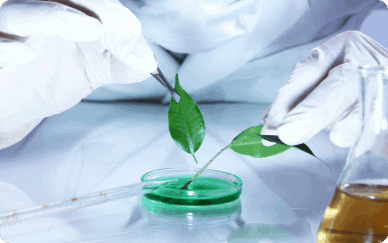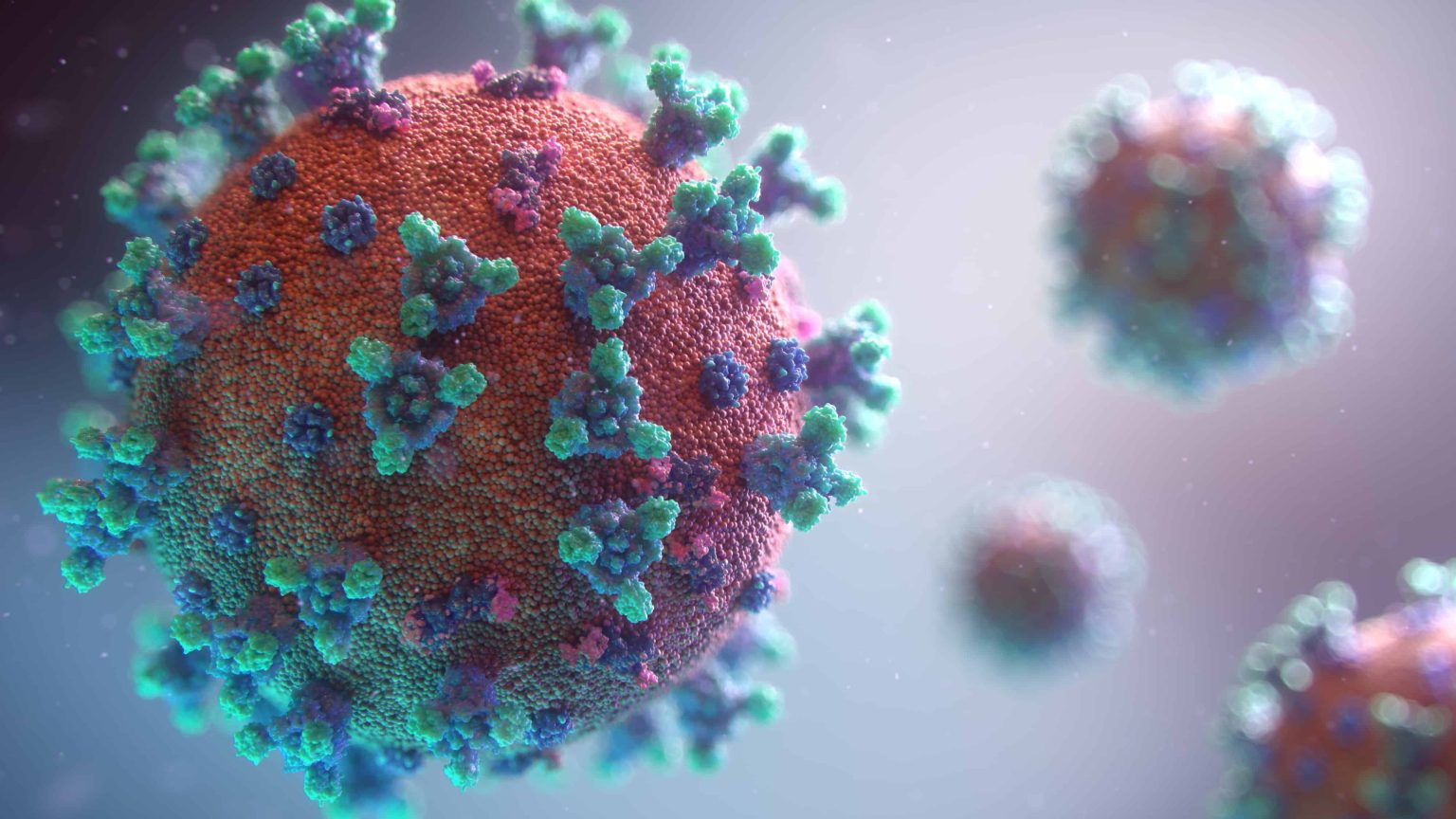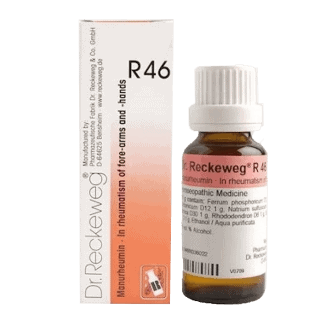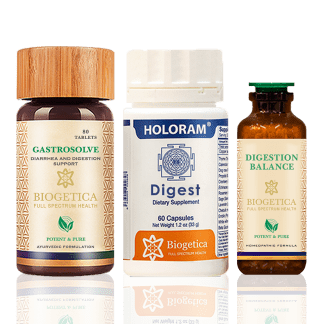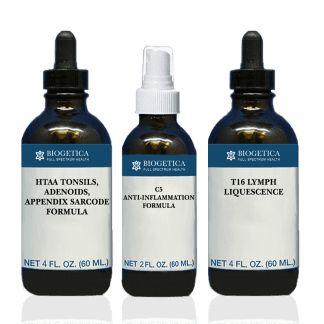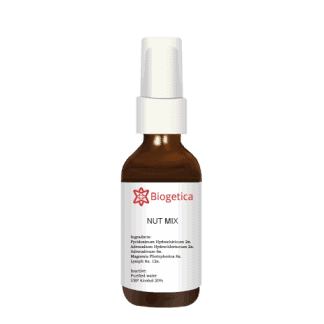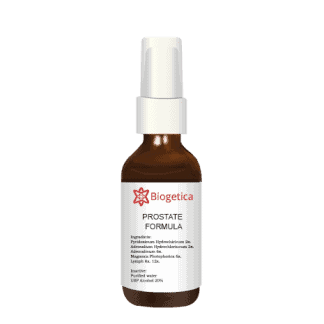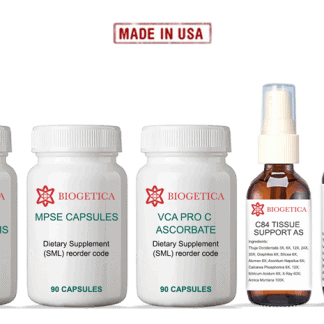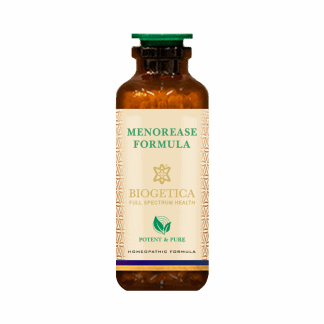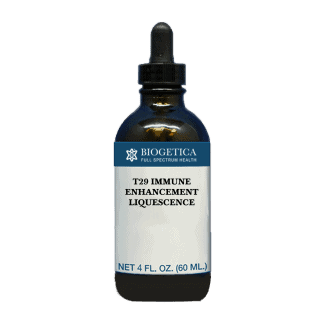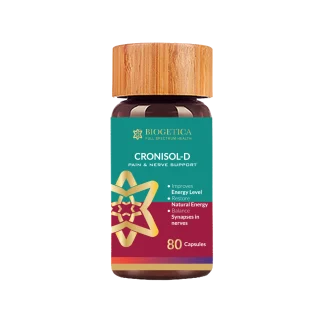When you hear the term ‘Mango,’ what is the first image that pops into your head? It’s an image of a mouthwatering, scrumptious fruit that I can devour within minutes. Mangoes are the king of fruits, not just because they have a delicious flavor but also for their nutritional value.
In Indian summers, mangoes come in all shapes and sizes to satisfy the taste buds of everyone. Consuming them can have negative effects on the body.
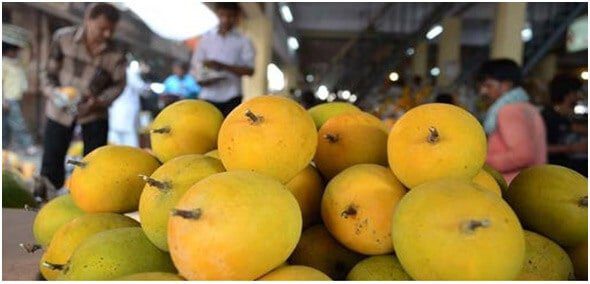
In an effort to avoid a possible fruit glut, which could reduce their profits and hurt them financially, many farmers and traders resort to synthetic harvesting methods. While some chemicals like ethylene are approved to artificially ripen fruit, farmers choose more hazardous ones such as calcium carbide. This gives the fruit an unnatural appearance of being fully grown and healthy at a lower price.
What Is Calcium Carbide
This chemical compound is made up of calcium and carbide. It is used in industry to create acetylene gas, which is flammable. Calcium Carbide can also be used to make several chemicals, carbide lamps, steel, and plastic.
Calcium Carbide Hazardous Effects
The chemical is being criticized for its long and short-term debilitating effects. It contains agents that are lethal, such as arsenic or phosphorous. These cause several abnormalities in the body.
- Headache
- Mood disturbances
- Sleepiness
- Dizziness
- Memory loss
- Mental confusion
- Cerebral Edema
Free radicals produced by carbide are a significant contributor to cancer, heart disease, stroke, arthritis, and even allergies.
These fruits can cause an unintentional abortion or developmental problems if the baby is born if consumed by an expecting woman.
Calcium carbide is also dangerous because of the explosive reaction it has when combined with water. It produces acetylene, a combustible liquid gas. This reaction can cause an explosion when the heat is too high.
What is the difference between a Mango that has been chemically ripened and a Mango that is naturally ripe?
| Parameters |
Naturally ripened Mango |
Chemically ripened by Calcium Carbide |
| Texture |
Ordinary looking, not uniformly colored |
Deceivingly Ripe, uniformly colored |
| Aroma |
Good |
Faint Odor |
| Taste |
Sweet and succulent |
Hard and non-juicy |
| Shelf life |
Longer |
Short, black patches appear on the skin within 2 to 3 days |
.
Before consuming the fruit, it is best to soak it in water and then thoroughly wash the fruit. This will remove any chemicals. Avoid buying non-seasonal fruits, as these are more likely to have been synthetically treated. Try to resist the temptation of buying mangoes until the season begins.
Look out for these tell-tale signs, be judicious, and make healthy choices to enjoy the upcoming mango season.
References:
http://www.atmph.org/article.asp?issn=1755-6783;year=2012;volume=5;issue=3;spage=150;epage=156;aulast=Asif#ft36
http://articles.economictimes.indiatimes.com/2008-06-02/news/28438918_1_calcium-carbide-mango-trade-chemical





